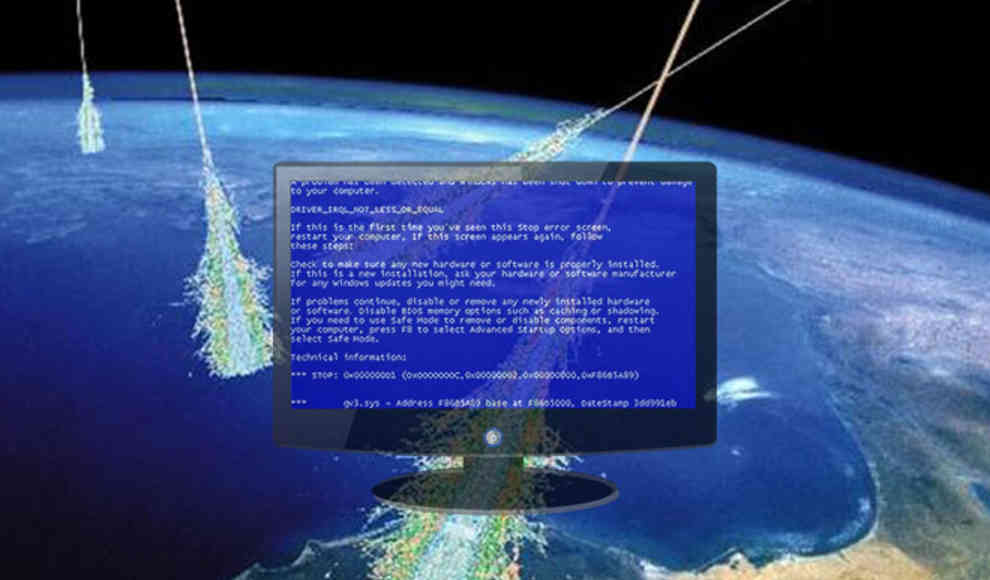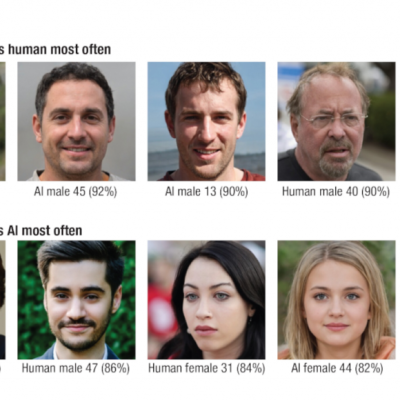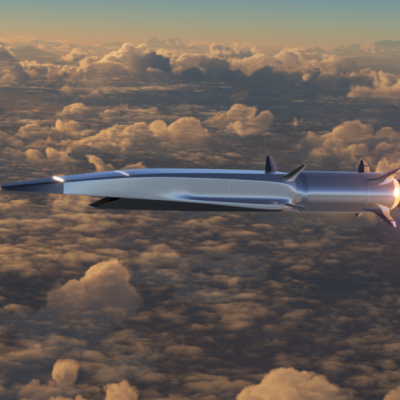Cosmic radiation can cause computer and smartphone crashes, according to researchers. While the Earth’s magnetic field shields us from most cosmic radiation, some particles still make it through and collide with gas molecules in the atmosphere, creating high-energy secondary particles. These particles can cause fatal errors and system crashes when they hit electronic devices. When a cosmic particle hits an electronic device, it can cause a bit in the digital code to flip, from a 0 to a 1 or vice versa. This is known as a Single-Event Upset (SEU), and it can lead to system failures or errors.
SEUs happen frequently, and they can have serious consequences. In 2003, a bit was changed in a voting machine in Belgium, causing a voter to receive 4,000 votes by mistake. In 2008, a changed bit in an airplane’s autopilot caused the plane to go into a 23-second nosedive, injuring a third of the passengers. Even smaller chips are not immune to SEUs, and in fact, smaller chips require less energy to change a bit. As microchips become smaller, the rate of SEUs increases. While 3D architecture can reduce the number of SEUs in 16-nanometer chips, the increasing number of transistors in most devices still raises the error rate.
To prevent critical system failures in the future, the aviation, space, and military industries are investing in new radiation protection measures and redundancies. While the Earth’s magnetic field provides some protection from cosmic radiation, it is not enough to prevent SEUs from occurring. As technology continues to advance, it is important to develop new ways to protect electronic devices from cosmic radiation and prevent system failures.










